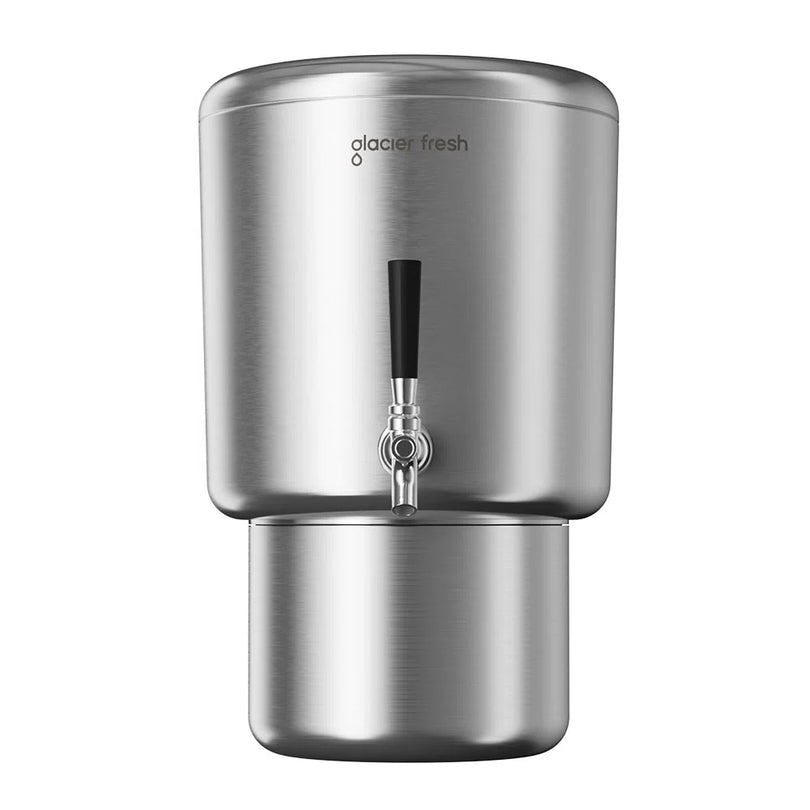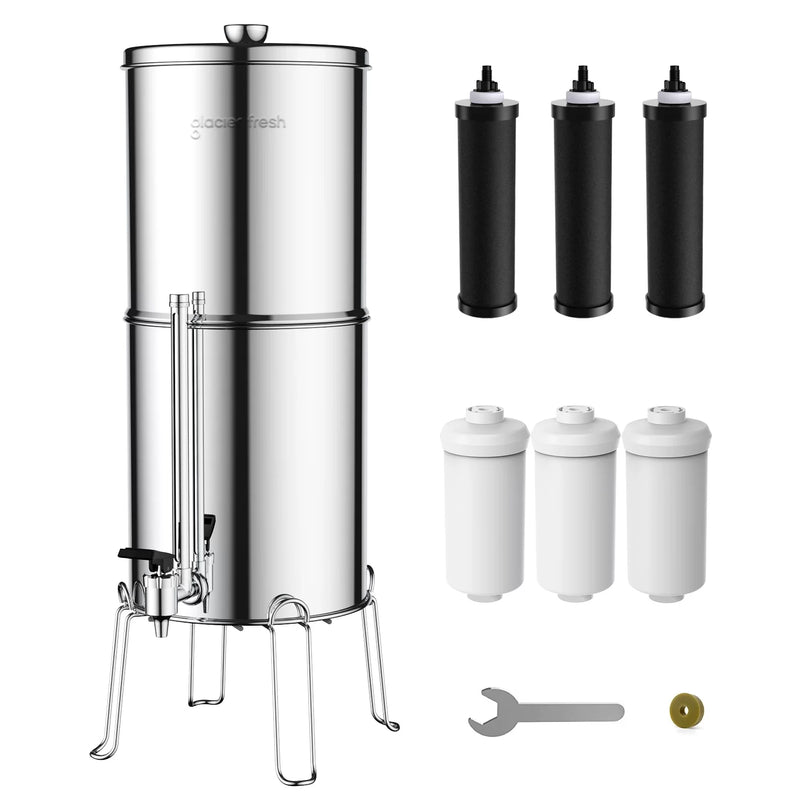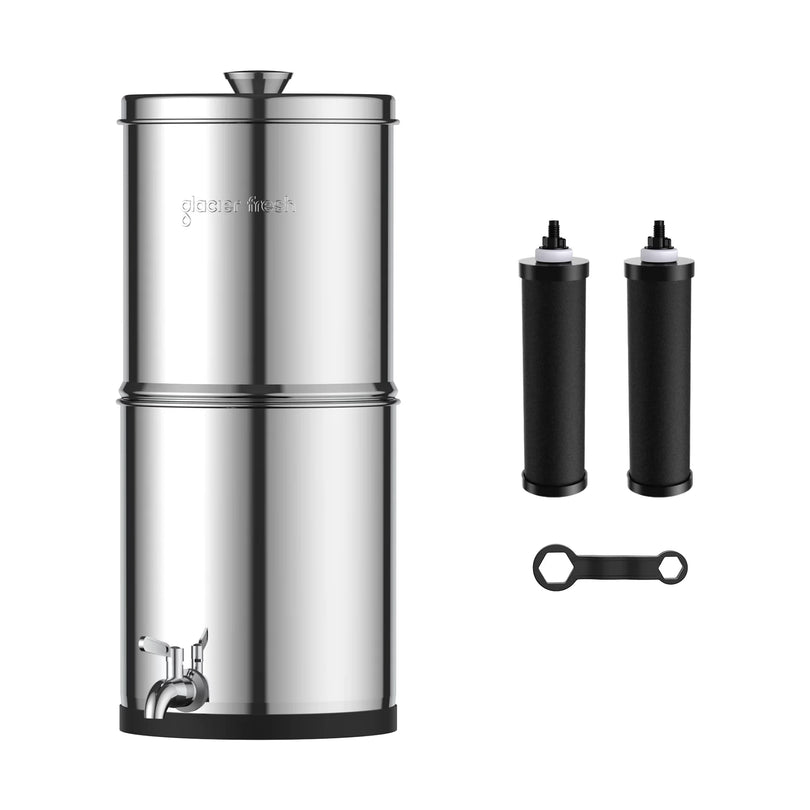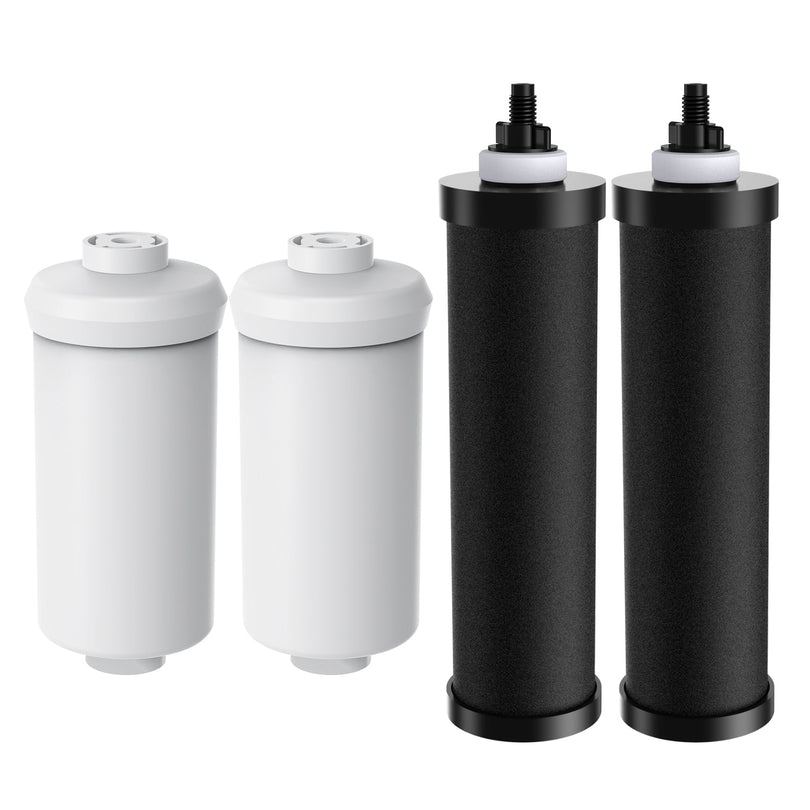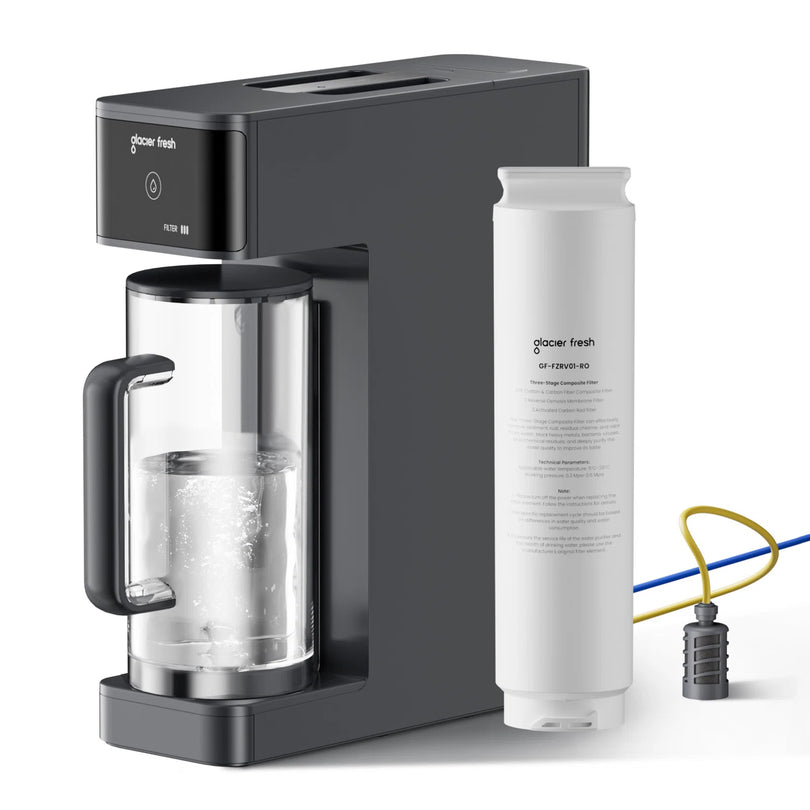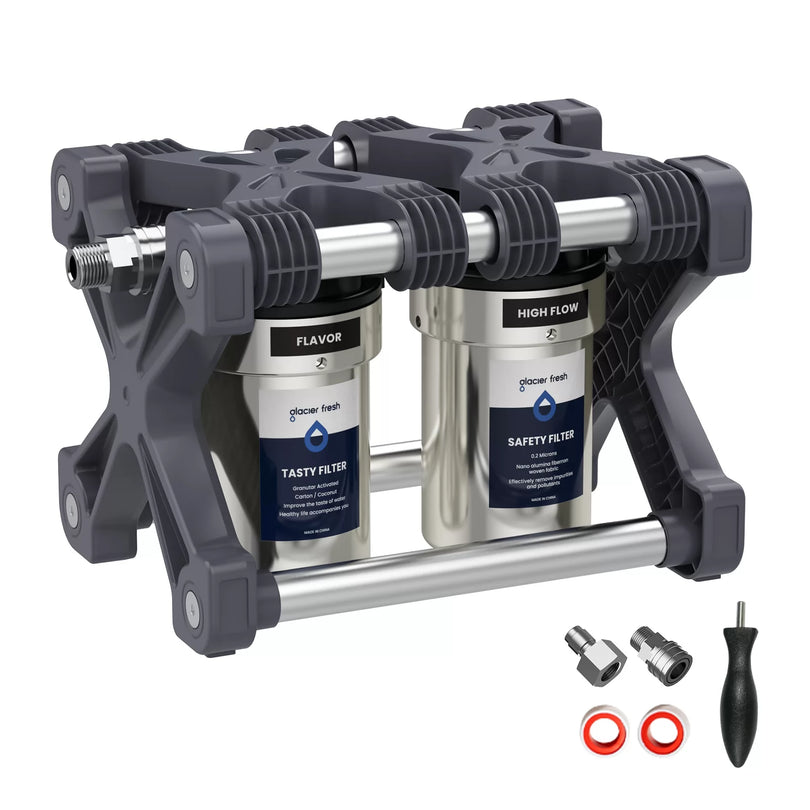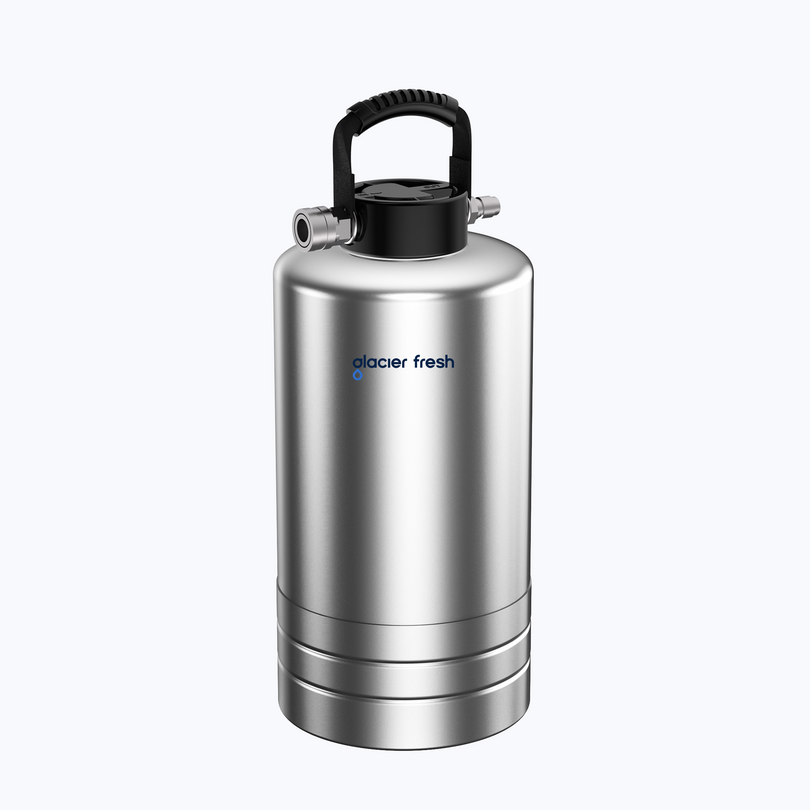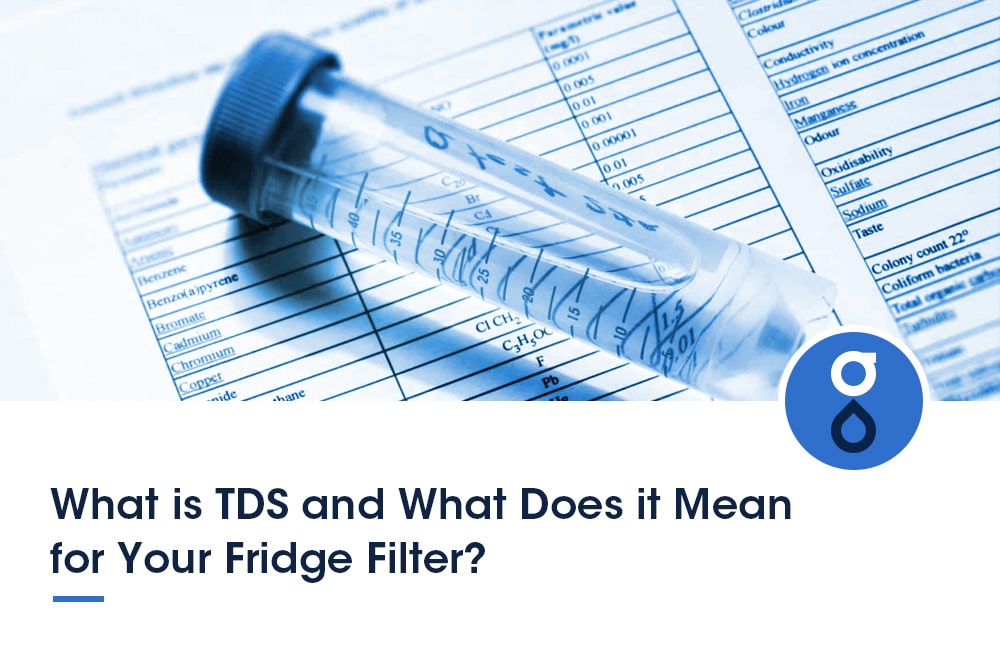Table of Contents:
Water filtration system help individuals practice good water stewardship. A water filtration system paired with a reusable bottle helps protect the environment from one of its greatest threats; single-use plastic water bottles.
Be cognizant of your water usage. Turn off running water whenever you aren’t using it. Washing dishes with a dishwasher actually uses less of the resource than handwashing. However, if you don’t have the appliance, make sure to turn off water between rinses.
Making sure all of your pipes and faucets are intact and secure ensures you don’t passively lose and waste water.
Water is a daily need, and each of us must commit to ensuring there's enough for everyone. Good water stewardship ensures we apply the best practices, on a personal level, to water usage, protecting our environment and each other.

What Is Water Stewardship?
Water is an essential resource we often take for granted. While many consider water infinite, life's building block has its limits.
Water stewardship refers to responsible water use and conservation. According to the United Nations Industrial Development Organization, good water stewardship requires water usage that is:
- Socially equitable
- Environmentally sustainable
- Economically beneficial
Following these practices ensures that individuals and corporations have enough water to sustain them.
Using a Water Filter
Water filters allow users to maintain two of the golden rules of water stewardship; filters are environmentally sustainable and economically beneficial.
Environmentally Sustainable
Water filters reduce waste in several ways. A good filter makes tap water potable and safe.
Many drinkers buy bottled water precisely because it's filtered and distilled. However, bottled water is not environmentally sustainable.
Negates the Need for Single-Use Plastic Water Bottles
The United States bought 15.3 billion gallons of bottled water in 2021. Each year sees the sales of bottled water increase exponentially as people become more health-conscious and concerned about toxins entering their bodies.
Bottled water is a quick, convenient way to stay properly hydrated. Getting the recommended 64 daily ounces is no easy feat, and many of us relish the ease of grabbing a bottle on the run. However, that convenience comes at a high cost to the environment.

Single-use plastic water bottles contribute a great deal of waste to our overloaded landfills. Plastic decomposes slowly, breaking into hazardous microplastic particles. These elusive dangers easily sneak their way into groundwater and food sources.
People get drawn to the ease and convenience of bottled water. Still, a filtration system provides equally clean water and even more convenience without causing the environmental damage of individual-use bottles.
A solid filtration system, like those offered by Glacier Fresh, paired with a reusable water bottle, allows you to take safe, potable water wherever you go.
Water Filtration Helps Maintain Appliances.
However, the benefits of water filtration aren't limited to drinking water. Unfiltered tap water carries sediments and particles that can have harmful effects on your:
- Dishwashers
- Washing machine
- Sinks
- Showers
- Hot water tanks
- Refrigerators

Filters capture damaging particles and minerals before they can gather in your appliances. If this detritus is allowed to build up in your water-using devices, it negatively impacts their performance.
Particle build-up causes devices to use more energy, negatively impacting the environment. It also shortens an appliance's lifespan, causing a need for either replacement or repair, neither of which is sustainable.
Most appliances rely on plastic and metal parts that end up in landfills when discarded. Filtration systems prevent the need for replacement parts and devices.
Water Filtration Systems Help Reduce Fossil Fuels
Water filtration system reduce reliance on plastic by eliminating the need for single-use water bottles and by maintaining devices and their parts. If we collectively use less plastic, less plastic needs to be produced.

While discarded bottles and parts in landfills are problematic, so is the production of these goods. Plastic manufacturing is terrible for the environment and increases our carbon footprint.
Producing plastic requires fossil fuels and releases dangerous chemicals into the environment, including:
- Benzene
- Trichloroethane
- Toluene
- Acetone
- Styrene
- Methylene chloride
- Methyl ethyl ketone
Manufacturing plastic products account for 14 percent of American toxic gas releases. Using filtration systems negates the need for plastic water bottles and parts, and if industries no longer need these products, the plastic manufacturing industry doesn't need to make them.
Economically Beneficial
Using water filtration saves money as well as the environment. According to the Beverage Marketing Corporation, Americans spend around 16 billion dollars annually on bottled water. A Glacier Fresh under-sink reverse osmosis system costs 45 dollars.

While users must replace the water filter annually or after every 1,000 gallons, the device paired with a reusable water bottle negates the need for single-use bottles and saves money.
Water filters help preserve devices, which can be expensive to replace or repair. Not only will the devices save you the cost of bottled water, but you can also pocket the spare cash you'd have spent on replacement parts.
Glacier Fresh sells three packs of glass water itcher filters for users unprepared to commit to an under-the-sink water filtration system. These vessels make water potable and safe while reducing reliance on single-use bottles. A three-pack costs $26.99, and each filter lasts for three months.
One Glacier Fresh pitcher filter produces the equivalent of 300 single-use plastic bottles. Even at one dollar a bottle, the pitcher offers a marked saving.
Update Your Plumbing Fixtures

We lose a lot of potable water to old plumbing fixtures. A great deal of American plumbing is over 100 years old. An NPR study found that America loses 2 trillion gallons of drinkable water annually due to leaking faucets and pipes.
The United State Department of Energy developed modern federal water-efficiency standards in the 1990s, and many private residences haven't updated their fixtures to those standards. Before the EPA instated the policy, toilets used 3.5 gallons of water per flush, while the current prescribed models use 1.28 gallons per flush.
Additionally, your toilet may be leaking without your awareness. Unaddressed toilet leaks can waste over 100 gallons of water daily. Pour a few drops of food coloring into your toilet bowl. You’ll have a leak to manage if the color begins to vanish without flushing.
Conclusion
Good water stewardship helps protect the earth and ensures that everyone who needs water has it. A quality water filtration system reduces our reliance on single-use plastic water bottles, minimizing our carbon footprint and saving money.





